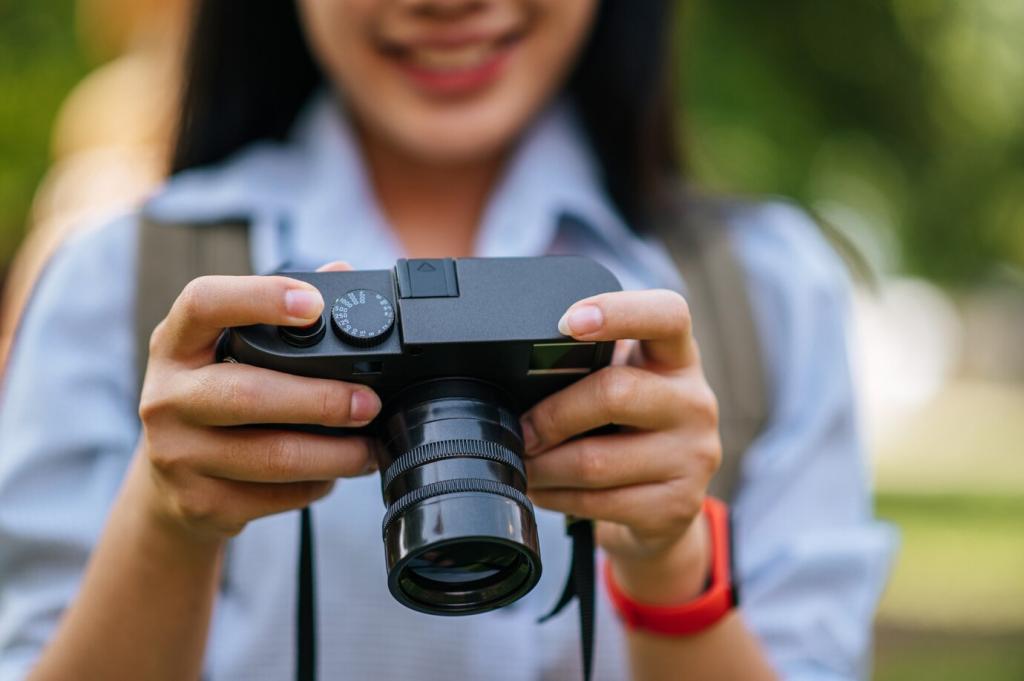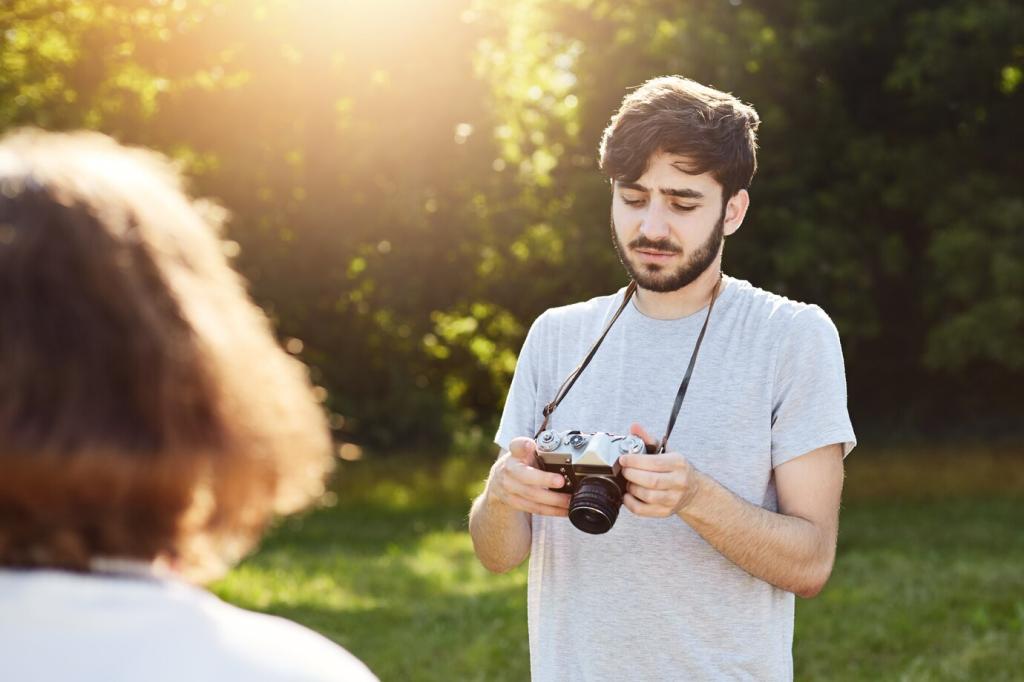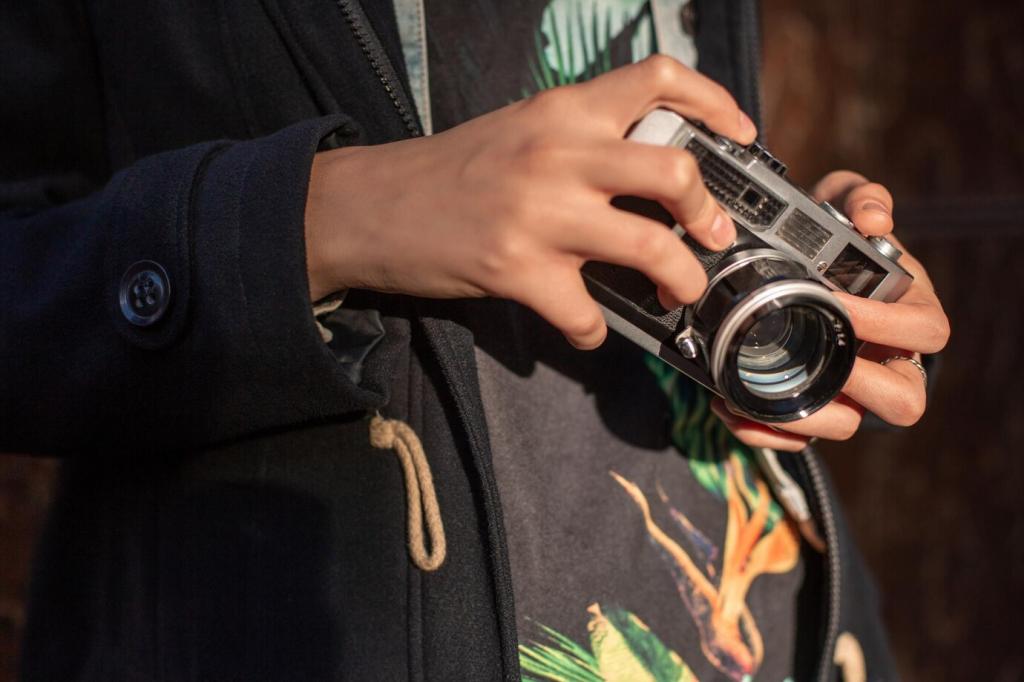Chosen Theme: Editing Portraits in Diverse Travel Locations
Welcome, globetrotting creators! Today we dive into the art and craft of editing portraits captured across wildly different places. From neon-lit alleys to windswept peaks, this theme explores how light, color, culture, and story shape every adjustment. Read on, share your experiences, and subscribe for fresh tips you can pack for your next journey.



Skin Tones and Cultural Contexts
Soften distractions without erasing character. Keep scars, freckles, and lived-in lines when they tell a story the subject values. Ask permission, explain your approach, and invite feedback before making irreversible stylistic choices.
Skin Tones and Cultural Contexts
Market fabrics, temple murals, and regional attire inform your grade. Sample colors from the environment to guide split toning, ensuring the portrait harmonizes with place rather than fighting the palette that drew you there.
Skin Tones and Cultural Contexts
Travel portraits celebrate real conditions—dust, humidity, or windblown hair. Instead of polishing away context, balance clarity and texture so the person remains central while the environment’s grit supports the narrative.
Mobile-First Workflow on the Road
RAW Capture and Compression Pitfalls
Shoot RAW or ProRAW when possible to preserve latitude under tricky light. Beware heavy compression from social apps; export higher-resolution versions and archive originals so your edits stay crisp after sharing.
Preset Stacks by Location
Create modular presets tailored to common scenarios—humid tropics, alpine blues, market neon. Stack subtle adjustments for white balance, tonal curve, and HSL so you can iterate quickly without forcing a one-size-fits-all look.
Quick On-the-Go Calibration
Carry a pocket gray card or use a trusted white reference nearby. A fast white balance sample anchors everything, saving you time fixing uneven skin tones across dozens of travel portraits later.
Storytelling Through Environmental Edits
Selective depth-of-field and radial masks guide attention to the face while preserving soft cues—market spices, rain-streaked windows, temple lanterns—that make the portrait feel undeniably tied to its location.
Storytelling Through Environmental Edits
Increase micro-contrast and texture where eyes and hands speak emotion. Lower global contrast in busy environments to quiet visual noise, keeping the viewer’s gaze anchored on the person’s expression and story.
Storytelling Through Environmental Edits
Use split toning to enhance mood—cooler shadows for misty fjords, warm highlights for desert sunsets. Let environmental color lead gently, not overwhelm, so the subject remains the heart of the scene.
Low Light, High ISO: Keeping Soul in the Frame
Noise Reduction Without Waxiness
Apply luminance noise reduction in moderation, then restore life with fine-grain and subtle texture. Prioritize eye clarity and lip detail so the face remains expressive even at challenging ISO values.
Selective Sharpening Where It Counts
Mask sharpening to facial features and important accessories, avoiding noisy backgrounds. This preserves presence and avoids amplifying chroma speckling in shadowed areas like alleyways or dim interiors.
Blue Hour Skin Balance
Blue hour casts cool tones that can gray skin. Nudge white balance warmer and use targeted HSL to protect reds and oranges, maintaining natural complexion while honoring the evening’s moody atmosphere.
Marrakech Souk Merchant
Harsh highlights bounced off brass lamps. I recovered whites, warmed midtones to honor spice hues, and masked the face for gentle clarity, letting market textures glow without stealing attention.
Tokyo Alley Chef at Midnight
Mixed neon produced green skin. I neutralized with a targeted tint shift, preserved steam details with midtone contrast, and used a soft vignette to frame the chef’s calm focus amid electric chaos.
Patagonian Hiker in Bitter Wind
Flat, overcast light softened everything. I added micro-contrast to the eyes, cooled shadows to reflect glacial air, and held color saturation modest so the rugged landscape felt stoic, not cartoonish.
Ethics, Consent, and Authenticity in Travel Portraits
Fix temporary distractions—stray hairs, sensor dust—while keeping features that reflect identity. If a mark is permanent and meaningful, default to preserving it unless the subject explicitly requests removal.
Explain your editing style before photographing. Share previews, invite opinions, and offer to send final images. Transparency builds trust and ensures your edit represents the person as they wish to be seen.
When you post, include honest context—location, conditions, and cultural respect notes. Thoughtful captions guide viewers to appreciate both the subject’s dignity and the place’s unique character.

